Back to: HOME ECONOMICS JSS 2
Welcome to Class !!
We are eager to have you join us !!
In today’s Home Economics class, We will be discussing Food Hygiene and Food Preparation. We hope you enjoy the class!
FOOD HYGIENE AND FOOD PREPARATION
CONTENT
- Meaning of Hygiene and Food Hygiene
- Importance of food hygiene
- Guidelines and rules for food Hygiene
HYGIENE
Hygiene simply means cleanliness. It is the act of keeping our food, clothes, body, etc. clean from harmful bacteria.
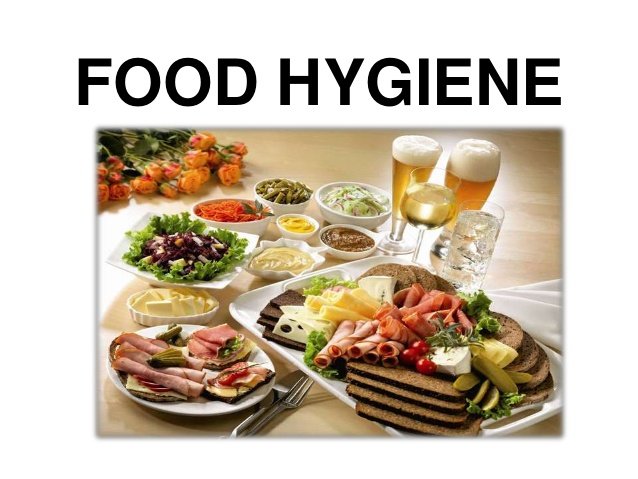
FOOD HYGIENE
Food hygiene is referred to as the observance and practice of hygiene or practising sanitary rules to prevent food contamination, poisoning and spoilage.
It is also referred to as the proper handling and caring for food. It is also a means of preventing harmful bacteria from growing in food by keeping the hands, the kitchen, cooking and eating utensil clean and by observing good sanitation.
Importance of Food Hygiene
- Food hygiene will prevent our food from being contaminated.
- Food hygiene helps us to consume wholesome food thereby living a healthy life.
- It will prevent wastage of food and that will also prevent wasting of money.
EVALUATION
- What is food hygiene?
- State three reasons for food hygiene.
GUIDELINES AND RULES FOR FOOD HYGIENE
- Buy food that is wholesome and store them properly.
- Avoid buying expired foods.
- Do not buy canned food with dented or swollen can.
- Cover food during and after cooking to prevent it from being contaminated.
- Cook with clean water and utensils.
- Ensure that your hands are clean when you are handling food.
- Wash cooking utensils, cutting boards and other surfaces thoroughly before and after each use.
- Wash fresh fruits and vegetables thoroughly.
- Use clean plates for cooked food. Never use the same plate that held raw food.
- Wash the tops of cans such as canned milk, corned beef, salad cream, etc., before opening them.
- All storage equipment should be kept clean to keep away rats, flies, cockroaches, etc.
- Wash your hands before and after handling food and use clean kitchen napkin to dry the hands.
- Cover and store leftover food in the refrigerator.
- Cover your hair in the kitchen so as to keep the hair out of the food.
- Food should be provided in dishes with covers to prevent pests from touching them.
- Dry foods should be stored in containers with tight lids while perishable foods should be kept in the refrigerator.
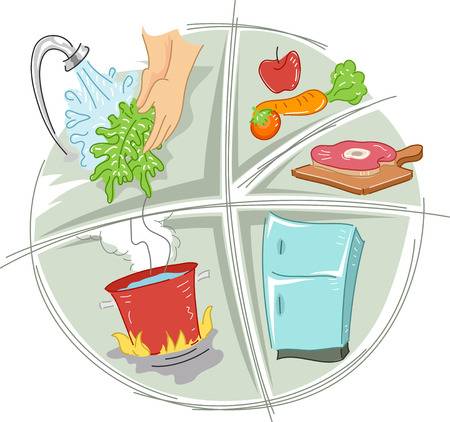
FOOD PREPARATION
Food preparation involves the picking of dirt from foods like cereals, peeling the back of tubers, picking and cutting of vegetables, etc. before placing them on fire. It refers to all the activities/tasks performed in the kitchen in order to prepare a particular meal.
COOKING
Cooking is the process of applying heat to make the food soft, palatable and to destroy some germs in the food.
Reasons for cooking food
- Cooking makes food easier to eat.
- It makes food more appetizing and palatable.
- It makes food easier to digest.
- Cooking also destroys many harmful micro-organisms present in food thereby making it safe to eat.
- It helps to preserve foods.
- It improves the appearance of food.
METHODS OF COOKING
- BOILING: This is the process of cooking food in boiling water until it is soft and tender e.g. yam, rice, etc. The food comes in direct contact with the water.
Advantages of Boiling
- a) It is an easy and quick method of cooking.
- b) Boiled foods digest easily.
- c) It does not need constant attention.
- d) It is a cheap method of cooking.
- e) It is suitable for all health condition.
- f) Two or more foods can be boiled at the same time.
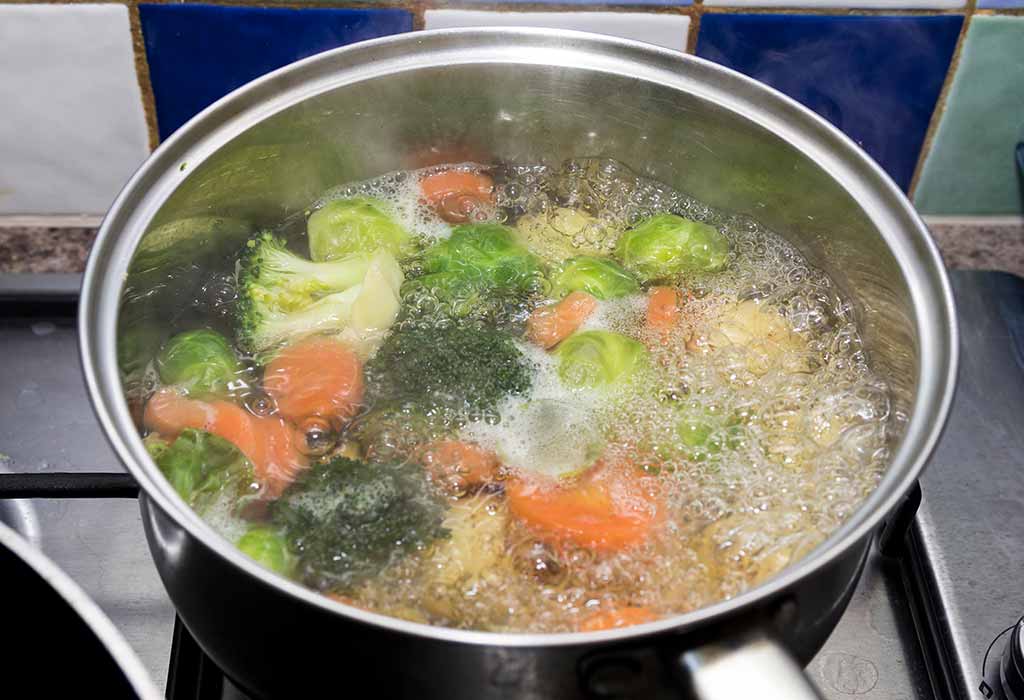
Disadvantages of Boiling
- a) Some food nutrients such as water-soluble vitamins and some minerals can be lost in the boiling water.
- b) Boiling does not develop the colour and flavour of food.
- c) Food often looks unattractive.
- d) It is rather long and slow method of cooking when compared with frying and grilling.
- e) It may lead to breakage of food.
- STEWING: Stewing is a method of cooking food slowly or at low heat in a small quantity of water, in a well-covered pot for a long time e.g. soups, tough cuts of meat, old root vegetables, etc.
Advantages of Stewing
- a) It makes tough food tender and digestible.
- b) It needs very little attention.
- c) Food nutrients are conserved or retained in the stewing liquid.
- d) Very little fuel is required during cooking.
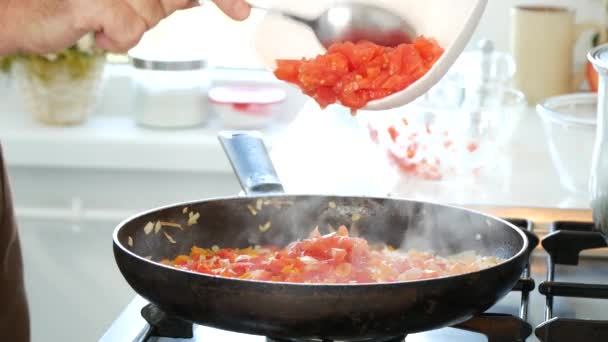
Disadvantages of Stewing
- a) It is a long and slow method of cooking.
- b) The long cooking destroys some of the valuable nutrients in the food.
- c) It requires more time and attention than boiling to ensure the food does not burn.
- STEAMING: It is cooking food in the steam from boiling water e.g. Moi-Moi, pudding, etc. There is no direct contact between the food and the boiling water.
Advantages of Steaming
- a) Steamed food is light and easily digestible.
- b) There is no loss of food nutrients into the water during steaming.
- c) It is a conservative method of cooking.
- d) There is little risk of over-cooking.
- e) It is an economical and labour- saving method of cooking.
Disadvantages of steaming
- a) It is a slow method of cooking.
- b) Not many types of food can be cooked by steaming.
- c) Steamed foods are not as palatable and attractive as foods cooked using other methods.
- FRYING: Frying is the method of cooking food in hot oil or fat e.g. Akara balls, fish, meat, eggs, etc.
Types of Frying
- Shallow Frying: This is frying with just little amount of oil to cover the surface of the frying pan and to prevent burning. Suitable for frying are pancakes, omelettes, fish, etc.
- Deep Or French Frying: This is when a lot of oil or fat is used in cooking foods. The oil is usually poured in a deep pan and is heated to boiling point; then the food is put inside the oil. The oil used must cover the food. Suitable foods for deep frying are chin-chin, doughnut, puff-puff, bean cakes, etc.
- Dry/Self Frying: This is a method used for foods which already contain fat. The fat melts and runs out of the food. It requires less heat. Bacon, herrings, sausages, etc. can be cooked this way.
Advantages of Frying
- a) It is a fast and quick method of cooking.
- b) Fried foods are attractive and tasty.
- c) Fried foods are very filling and delay the onset of hunger.
Disadvantages of Frying
- a) It needs constant attention.
- b) Fried foods are not easily digested. So it is not a suitable method for preparing foods for infants and children, invalids and convalescent, aged and people with weak digestive systems.
- c) Fried foods become greasy and unappetizing when cold.
- d) If the fat is too hot, the food may be burnt and not cooked.
- BAKING: Baking is cooking foods by dry heat in an enclosed pre-heated space by direct radiation. Baking usually takes place in the oven. Dry heat is applied and the food is surrounded by a current of hot air. The hot air then cooks the foods. It is the method suitable for cakes, pastries, bread, biscuits, etc.
Rules for Baking
- a) Always pre-heat oven before putting the food.
- b) Use oven gloves to bring out food from the oven.
- c) Oven trays should not be overloaded.
- d) Avoid frequent opening of the oven door.
- e) Do not bang the oven door, but close it gently.
- f) Do not bake foods that give out moisture with crispy and dry foods.
Advantages of Baking
- a) Baked foods are attractive and appetizing.
- b) There is no loss of soluble nutrients.
- c) It is economical on fuel as more than one dish can be baked at a time.
Disadvantages of Baking
- a) It requires constant attention, otherwise foods may be burnt.
- b) It wastes fuel when baking only one dish.
- c) It requires careful temperature control and skills.
- ROASTING: This is cooking on glowing heat. Roasting can be carried out in the following ways:
- a) In hot ash or sand e.g. groundnuts, yam, etc.
- b) On a grid over an open fire or heated charcoal e.g. plantain, yam, maize, meat, etc.
- c) Roasting a whole carcass on a skewer by direct heat (e.g. radiant heat) with melted fat or vegetable oil used for basting. This is known as spit roasting.
- d) The oven can also be used for roasting e.g. chicken, fish, etc.
Advantages of Roasting
- a) Roasted foods are attractive.
- b) They are usually tasty and appetizing.
- c) Roasting retains the full flavour and nutrients of foods.
- d) Foods cooked by roasting are less fatty than frying.
Disadvantages of Roasting
- a) Roasting requires constant attention.
- b) It takes a longer time.
- c) Foods tend to shrink during roasting.
- GRILLING: This is a fast method of cooking by radiant heat directly above or below the food. It is also known as broiling. The heat source is a flat frame of metal gird or bars heated by a gas flame, an electric, charcoal or wood in barbecues. A piece of equipment known as salamander grill can also be used for grilling. The food is brushed with fat or oil and grilled for a few minutes on both sides to seal in the nutrients. The major difference between roasting and grilling is that roasting is usually used to cook large cuts of foods while grilling is usually used for tender and small cuts.
Foods that can be cooked by grilling include:
- Small cuts of meat, steak, lamb
- Sausages, kidneys, liver, bacon
- Cutlets of large fish and small size of fish, etc.
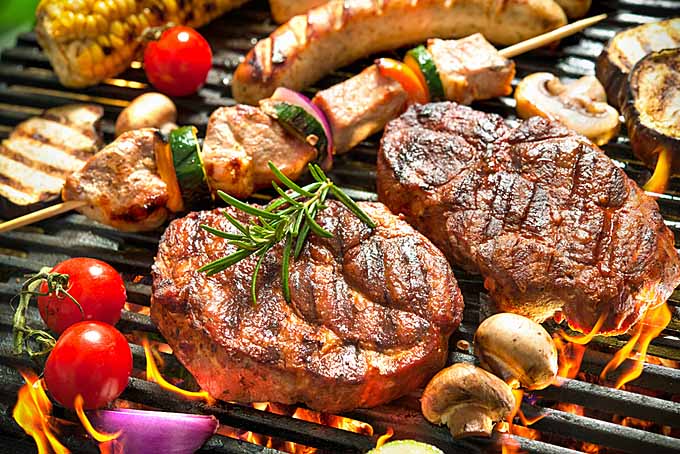
Advantages of Grilling
- a) Grilled foods are tasty and easily digested.
- b) Grilling is a quick method of cooking.
- c) There is no loss of soluble nutrients.
- d) Grilled foods are less fatty than fried foods.
Disadvantages of Grilling
- a) It is only suitable for tender cuts of food.
- b) It requires constant attention.
- c) It also requires special skill to do it well.
GUIDELINES FOR SUCCESSFUL COOKING AND SERVING OF SIMPLE MEALS
- Plan what is to be cooked. Meals should be balanced.
- Write a shopping list and buy the necessary ingredients.
- Arrange the kitchen and make sure that all the utensils and material are available and within easy reach.
- Clean all the required utensils.
- Make yourself ready by doing the following;
- Wear a clean apron.
- Tie your hair with a clean scarf.
- Wash your hands thoroughly.
- Keep your fingernails short and remove all bangles and rings.
- Avoid sneezing into food.
- Wrap any sore in your hand with a waterproof plaster.
- If you have to visit the toilet while cooking, ensure you wash your hands with soap and sponge before touching any food.
- Cook by the best method in order to have maximum retention of food nutrients.
- Avoid accidents by adopting safety procedures in the kitchen.
- Tidy up the kitchen after cooking.
- Empty the dust bin.
- Serve meals with clean dishes and cutlery.
GENERAL EVALUATION QUESTIONS
- What do you understand by food hygiene?
- Mention three guidelines for food hygiene.
- Outline any three guidelines for successful cooking and serving simple meals.
- Mention three good methods suitable for cooking yam.
- Mention the food groups with examples.
We have come to the end of this class. We do hope you enjoyed the class?
Should you have any further question, feel free to ask in the comment section below and trust us to respond as soon as possible.
In our next class, we will be talking about Kitchen and Kitchen Equipment. We are very much eager to meet you there.

I Need Social Studies Class